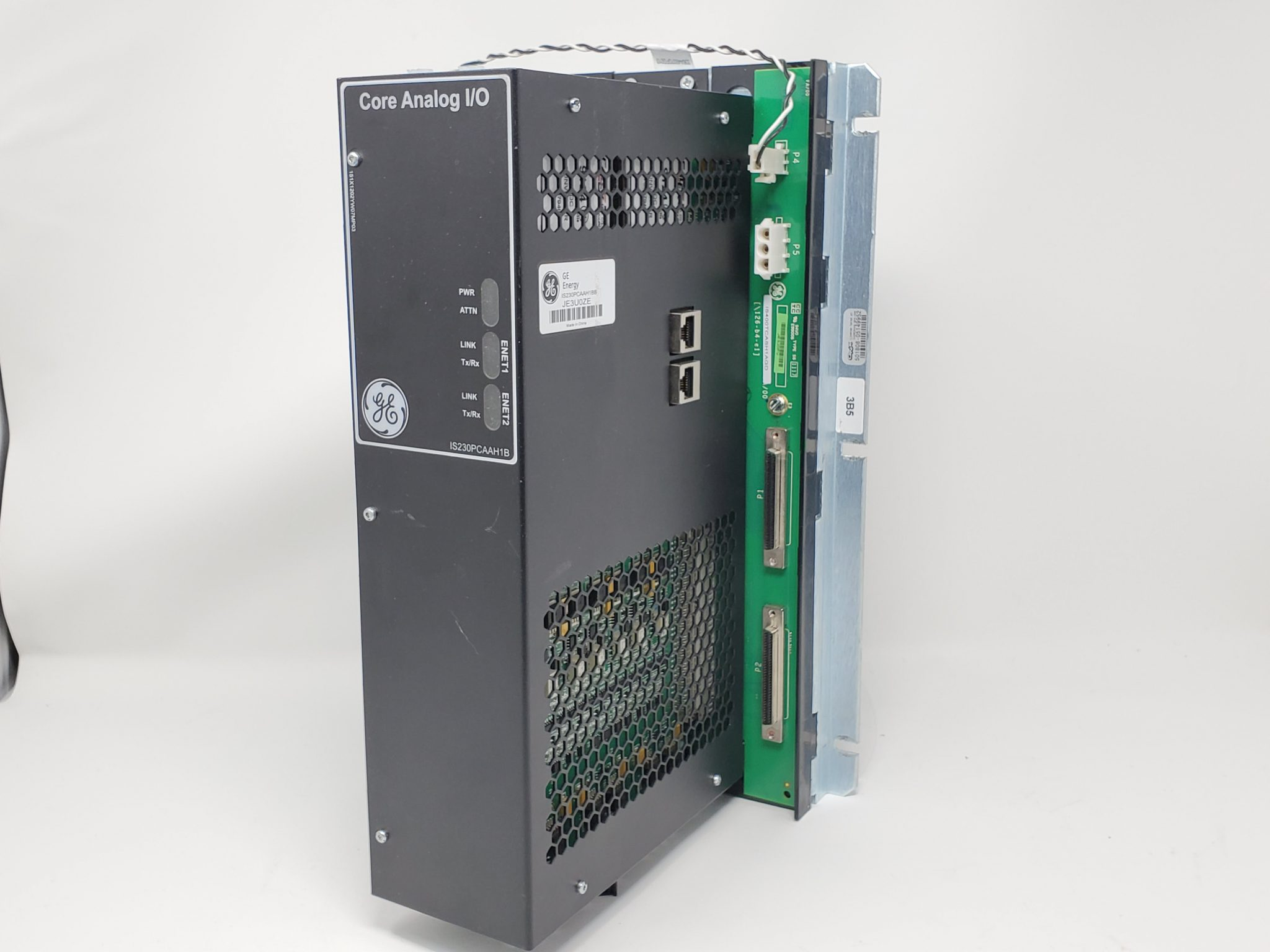
What Control Engineers Should Know About Industry 4.0

Control: Key points for Industry 4.0 practitioners
At the core of control engineering lies the task of making a physical quantity follow a desired trajectory over time. Many separate aspects of control engineering are required to make this happen: modeling, analyzing and simulating the system, selecting sensors to measure or estimate variables, finding an actuator and designing a controller.
The time-varying behavior of a process, modeled by a dynamic system, can be found in many aspects of engineering and beyond, thus making control engineering a truly multidisciplinary subject. Other aspects of control engineering include implementation and assessment of the performance of a control system. Control engineering is sometimes referred to as control systems, feedback control, or automatic control. For brevity, in this article we also refer to control engineering as simply “control.”
Three important building blocks make up a control system: the sensor, the actuator and the controller itself. These blocks are arranged in a feedback loop, comparing the process variable to a desired setpoint. In its most trivial form, a human can act as all three building blocks: Eyes and ears are sensors, manual interventions by hand are the actuator, and the brain is the controller. In the most complex form, the three building blocks are substituted with automatic actions, electronic sensing and optimized software.
Control engineering is a hidden technology; it can be found almost everywhere, often without anyone (except the control engineers) knowing about it. Without control, many technical applications would not work, implying that control engineering is of great importance in our lives.
While functioning control systems can operate under the radar, control systems that fail are very visible: airplane crashes, nuclear power plant meltdowns and autonomous vehicles going astray are some examples of failed control systems.
Control engineering is always a means to an end, such as keeping the temperature in a reactor constant to produce a new product. No one does control engineering because they want a control system; there is always a purpose.

Industry 4.0: Key points for control engineers
Industry 4.0 refers to the increase in automation and digitalization in manufacturing and production processes and process industries. It reaches beyond earlier industrial innovations like the introduction of the steam engine, electricity and computers—all of which have significantly changed industry in past “industrial revolutions.”
In each industrial revolution, new disruptive technologies appeared and paved the ground for a new wave of innovations. When the effect of the innovations was large enough, it revolutionized the norm of how things were seen and done. These revolutions also had a great positive impact on nations’ economic growth and living standards.
When it was first introduced in 2011, by a strategic think tank of the German government, Industry 4.0 had nine underlying pillars: the Internet of Things (IoT), augmented reality (AR), simulation, additive manufacturing, system integration, cloud computing, autonomous systems, cybersecurity and big data analytics.
The diversity of these technologies shows the complex and nebulous nature of Industry 4.0, but uniting all pillars is the increased “digitalization” of processes and the resulting availability, interchangeability and connectivity of information. One uniting aspect of Industry 4.0 technologies is connectivity. It is now possible to connect machines and operational systems, locally and remotely, and exchange data, commands and information among different systems. The data and information existed before, but it was difficult to integrate and use.
There is criticism that Industry 4.0 may only be a hype topic and not a tangible revolution. The previous three revolutions were built on concrete technologies (mechanization, electrification, computerization), whereas Industry 4.0 is built on the somewhat more intangible concept of digitalization. Some proponents argue that this is only because we are in the middle of this new era and therefore cannot see it clearly.
Industry 4.0 has gained much traction through government initiatives in many countries, sometimes referred to with alternative names such as smart industry or smart manufacturing. Companies who embrace change and invest in research and new technologies fare better in an uncertain world with changed prerequisites. This speaks for the paradigm shift that is Industry 4.0.























.jpg)












































.jpg)
.jpg)





.jpg)



.png)
.jpg)

.jpg)
_lVjBYb.jpg)

.jpg)
.jpg)



.jpg)
.jpg)







.jpg)

.jpg)
.jpg)











.jpg)





